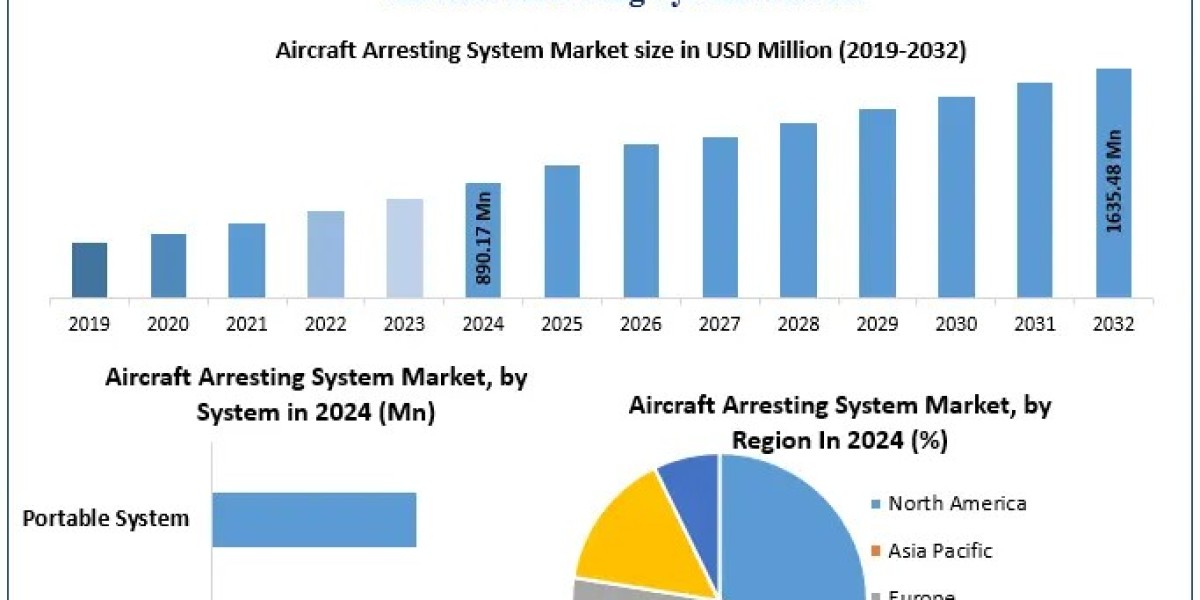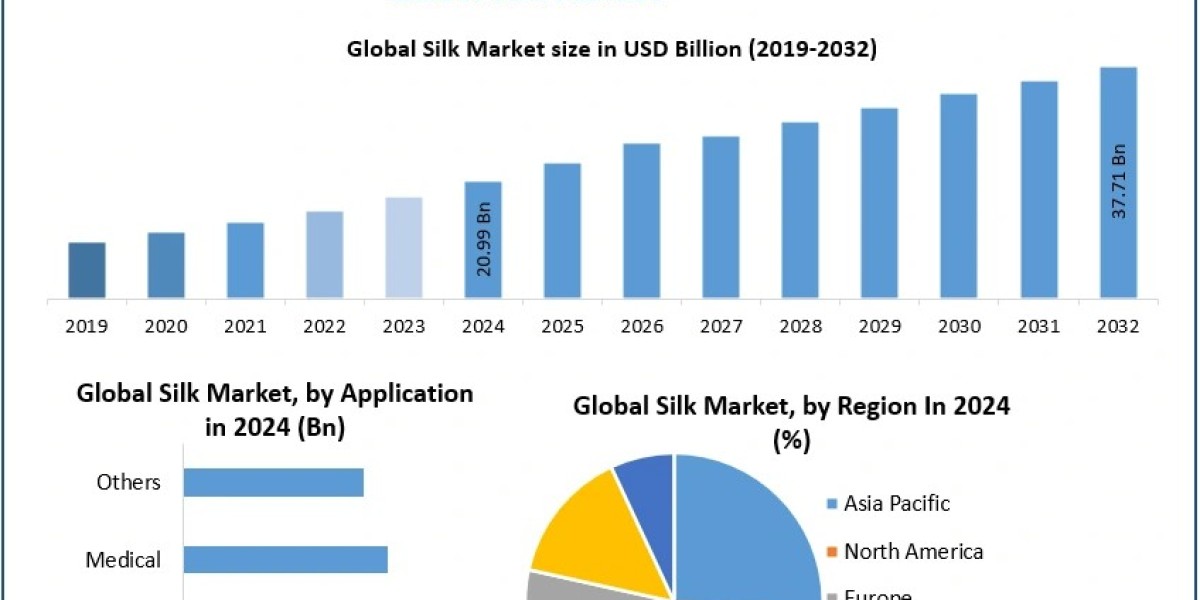In today’s volatile market, success no longer belongs to companies that simply react to change—it favors those that anticipate it. The age of static business models has passed, replaced by the need for constant evaluation, foresight, and alignment. Enterprises, whether startups or multinational corporations, must operate with a roadmap that evolves alongside market shifts, customer expectations, and technological advancements.
This is where forward-thinking leadership shines. It’s no longer enough to have vision; that vision must be broken down into actionable steps, measured consistently, and adjusted strategically. At the heart of this lies a comprehensive, outcome-driven framework that determines not just where a business is headed, but how it will get there—and stay competitive.
The Shift from Reactive to Proactive Planning
Traditional business models operated on yearly plans that were seldom revisited. While this worked in relatively stable industries, today's landscape is driven by disruption. Consumer behavior changes rapidly, digital transformations occur overnight, and global events can flip entire markets.
Companies that rely on static strategies often fall behind. The modern approach emphasizes agility. With structured frameworks, organizations can pivot quickly while staying aligned with long-term objectives. This proactive stance helps mitigate risks before they escalate and capitalizes on trends as they emerge—not after competitors have already seized them.
Aligning Vision with Execution
One of the biggest challenges companies face is bridging the gap between top-level strategy and on-ground execution. Goals may be well-articulated at the executive level but poorly understood by teams tasked with delivering results. This disconnect leads to misaligned priorities, wasted resources, and missed targets.
Clarity of purpose, combined with effective communication and real-time feedback mechanisms, ensures that every department, team, and individual understands how their contributions tie into broader business objectives. When employees feel connected to the company’s goals, performance improves—not just in metrics but in morale.
Data-Driven Decision Making
Relying on intuition or legacy methods may have worked in the past, but today’s business climate demands precision. Access to real-time analytics is no longer a luxury; it’s a requirement. From customer behavior to operational efficiency, data must inform every critical decision.
Organizations that embed measurable KPIs and performance tracking into their management routines gain the ability to course-correct rapidly. This creates a cycle of continuous improvement, where success is not only tracked but optimized. Over time, even small adjustments in strategy—guided by meaningful data—can result in massive competitive advantages.
Building Resilience Through Forecasting
No plan is immune to uncertainty. Economic fluctuations, supply chain interruptions, and talent shortages are just a few of the challenges modern businesses face. Rather than reacting in crisis mode, leading organizations build in mechanisms that allow for scenario forecasting and contingency planning.
By applying the principles of the strategic management process, companies develop adaptive strategies that evolve alongside market realities. These frameworks consider both internal capabilities and external threats, positioning the company to not only survive disruptions—but grow stronger because of them.
Fostering a Culture of Accountability
Strategy fails when it becomes the responsibility of only a few. Sustainable growth is achieved when strategic thinking is democratized—when all team members, from entry-level to executive, are aligned with company goals. Clear expectations, transparent communication, and shared accountability foster an environment where progress becomes a collective effort.
Performance metrics tied to strategic outcomes help maintain focus. Employees become stakeholders in the company’s success, leading to greater engagement, innovation, and ownership.
Sustaining Growth Over the Long Term
Many businesses see short-term spikes in performance through aggressive campaigns or quick pivots. But without a sustainable structure in place, these gains often plateau—or worse, regress. Longevity is rooted in consistency. This means continuously reviewing goals, measuring performance, learning from outcomes, and adapting to change.
The strategic management process serves as a compass, ensuring companies don’t lose direction as they scale. It's not just about crafting the perfect plan—it's about making that plan part of the organizational DNA.
Conclusion
In a world defined by speed and complexity, long-term success depends on how well a company can set direction, measure progress, and adapt with purpose. Businesses that invest in structured, strategic thinking stand the best chance of thriving—regardless of what comes next.
When executed correctly, a forward-looking framework doesn't restrict creativity—it enables it. It doesn't slow decision-making—it enhances it. And above all, it doesn't just help a business grow—it ensures that growth is intentional, sustainable, and resilient.








